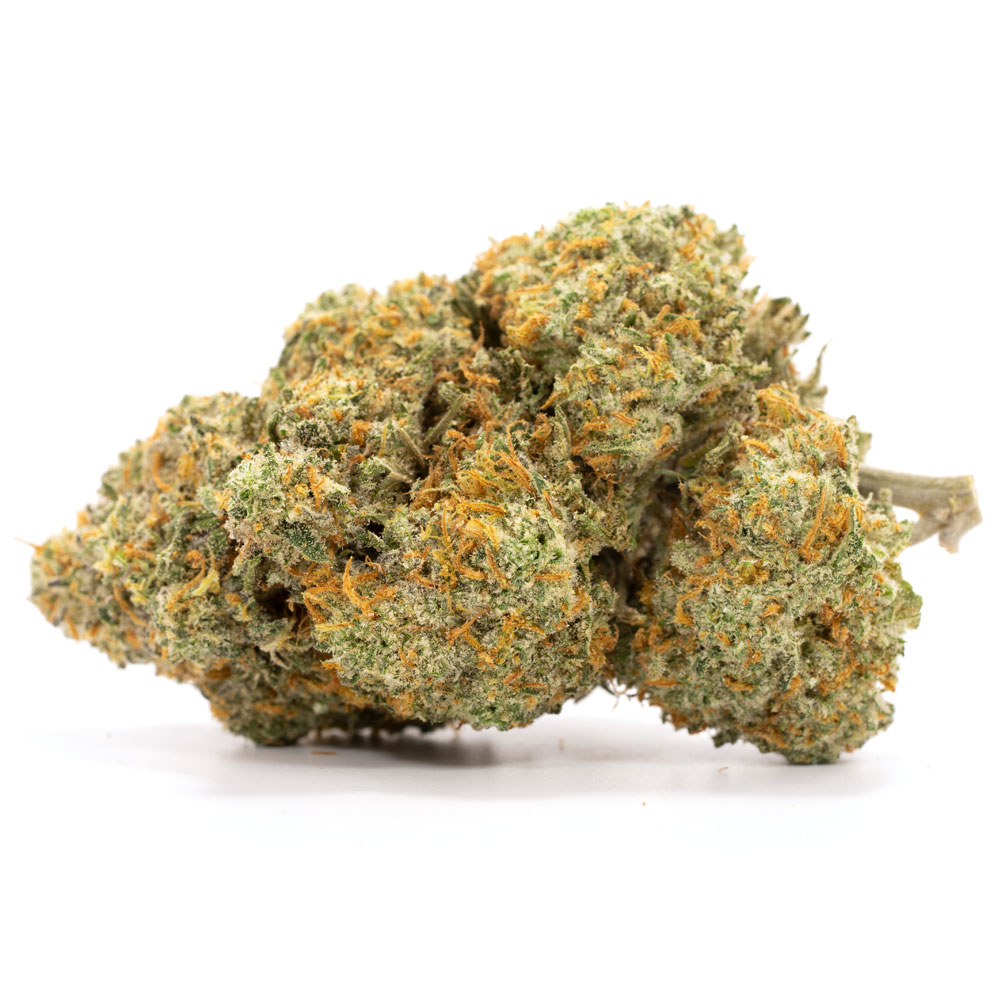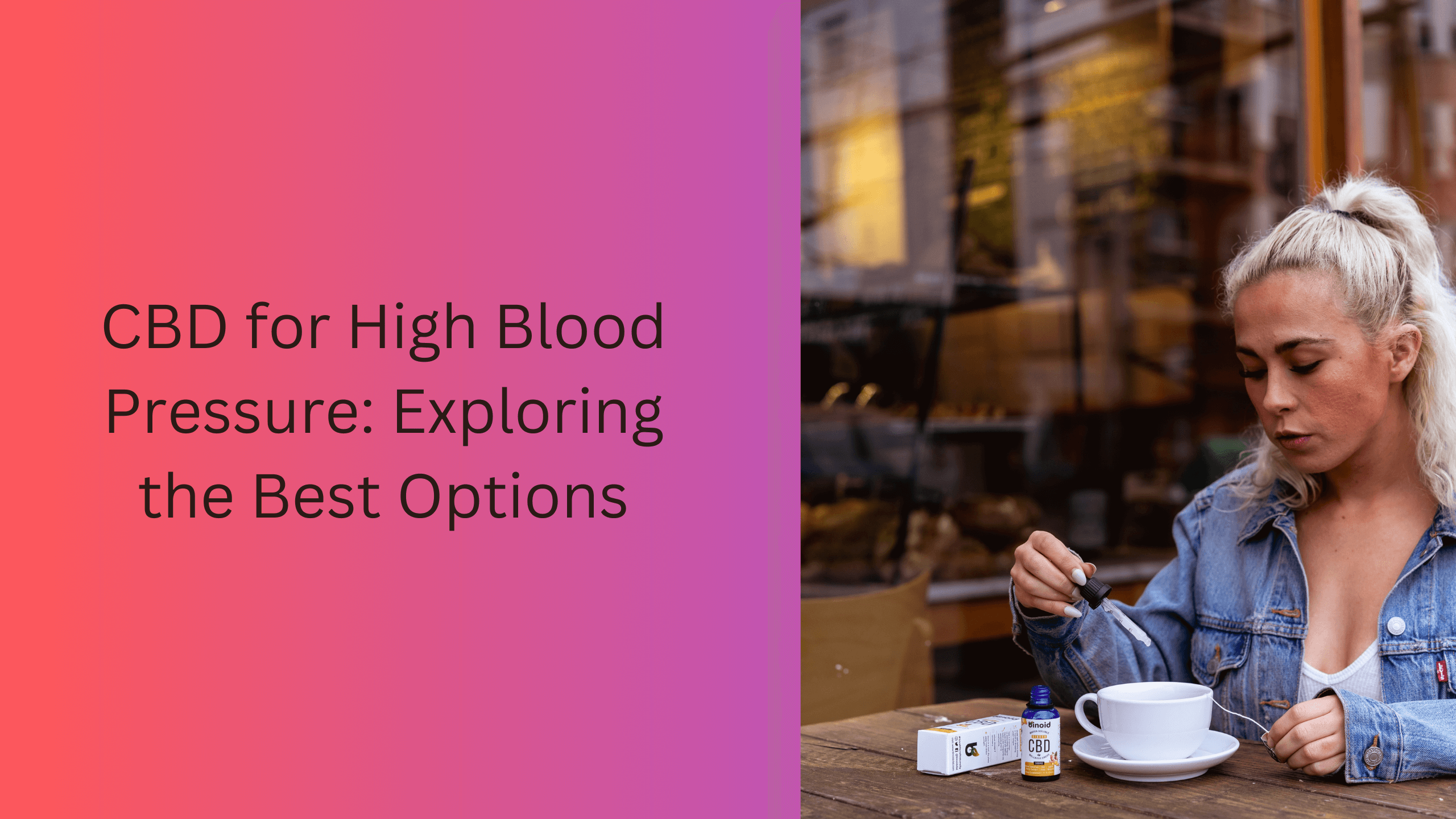
AVB – as a more lung friendly alternative to smoking cannabis, more and more cannabis enthusiasts are reaching for their vaporizers rather than their joints, but what about the cannabis that’s left over?
When it comes to vaporizing cannabis, you aren’t just limited to oils and vape cartridges, you’ve also got dry herb vaporizers that can be used to consume regular buds of weed as you would in your joints.
Not only are dry herb vaporizers a healthier alternative to smoking, but they also open up the opportunity to use your already vaped bud for a second time, saving you both time and money that you otherwise could have spent buying weed online at an online dispensary.
You read that right, your AVB (already vaped bud) is still good for the second rotation in your favorite vaporizer. Not only that, it can be utilized to make a variety of weed infused treats and goodies that you otherwise might not have known about if you’re the type of toker that throws out all of their AVB!
Here’s how to get the most of your bud – even after it’s vaped.
Don’t Throw Away Your Weed
What a waste it would be to throw away some perfectly good cannabinoids when they could still be used in many different ways. Already vaped bud or AVB for short is the crispy vaporized leftovers of your once fresh bud. While AVB may look like a lifeless husk of what it once was, there is usually still a decent amount of THC and CBD to be retrieved from it.
In the case that you’ve been vaping your weed at a stable temperature at around 315-440 °F (157–227°C), you can expect your vaped bud to still carry an abundance of cannabinoids, meaning that there is still a lot of fun to be had with it. In the case that you’ve been using extremely high temperatures to vape your bud (440 °F or 227°C+), your vaped bud will likely have a little less to give.
Since it’s incredibly difficult to accurately know the cannabinoid composition of already vaped bud, the appearance of the bud should be used to indicate the remaining strength of each batch. A great indicator of strength would be the color each batch gives off.
Generally speaking, the lighter the color of the vaped bud, the higher the cannabinoid contents, whereas the darker brown the batch is, the lower the available cannabinoid contents. Vaporizing with the ideal temperature range of 315-440 °F (157–227°C) will yield a flower that has a medium roasted brown appearance.
What to do With Already Vaped Weed
Ever been out camping with friends only to realize that your vape stache has nearly been depleted and you are out in the middle of nowhere far away from a dispensary? Not to worry, here are a few ways to put your AVB to use for a much needed second wind.
Curing
First in line is water curing as it is a great method to remove the unpleasant flavor of AVB. Seeing as most of the methods involving AVB require the consumption of it, this is a great point to start off with.
Better yet, you can even further mask the bitter taste of AVB with additives like Nutella or peanut butter. In the case that you’re not too fussy about the flavor of your food or if you don’t mind the bitter taste of AVB, skip this step.
Water curing your cannabis involves wrapping your weed in cheesecloth and submerging it some clean water for a few days to a week.
Be sure to periodically check on it from time to time as you may have to replace the dirty water with fresh water.
Once the time has passed, you’ll want to carefully strain your AVB from the water and dry it quickly with a low heat so no mold has the opportunity to grow on it. After it has completely dried, your AVB will be ready for use, but without the bitter taste.
Edibles
In many ways, vaping cannabis is just another form of decarboxylation. And since you’re already vaped bud is already decarboxylated, a lot less work goes into making your favorite cannabis foods.
That said, one thing you’ll have to keep an eye on is the temperature you expose your AVB to. Further decarboxylation may damage the cannabinoids and terpenes in your AVB causing it to lose its potency.
One of the most popular and fun ways to use cannabis in general, incorporating your AVB in edibles is much easier and quicker than using fresh weed.
Despite the potency and ease of using already vaped bud, it’s important to note that one of the primary things you’ll be giving up is taste. Weed edibles already have a slightly pungent, bitter taste so one can only imagine how the flavors might develop when you’re using crisp, already vaped bud.
If you’re averse to this kind of taste, it’s best to buy weed online at an online dispensary Canada for the best tasting edibles with the best high.
Since AVB is already decarbed, you can skip to infusing it in your butter or coconut oil, sprinkling it over your food, or baking with it. That said, cannabinoids are known to be highly fat-soluble, proving to be much more efficient and effective when consumed in tandem with fats, so eating with things like peanut butter or coconut oil will help a great deal in getting the strongest possible effects.
Another creative way to use your AVB would be to infuse your coffee or tea with it. Due to the bitter taste of AVB, it’s recommended to either add salt or to cure it in distilled water prior to brewing as the already bitter taste of coffee doesn’t sit well with that of the AVB.
Of course, if flavor has no importance to you, go ahead and skip the curing process and go straight to adding it to your coffee grinds or tea leaves.
Tinctures
Another popular and discreet way to use your AVB. Using a bottle with a liquid dropper will help you more accurately gauge dosages and administer the cannabinoids under your tongue.
Using sublingual administration, carefully put 2-4 drops of the oil under your tongue on the mucous membranes for about 30 seconds.
The mucous membranes will allow the remaining cannabinoids to be quickly absorbed, allowing you to feel the effects in as quickly as 15 minutes.
Very similar to curing your AVB, you’ll want to reach for a high proof alcohol like Everclear and submerge your weed in it, checking on it every once in a while.
Again, self-made tinctures (just like edibles!) might be subject to a more-foul-than-usual taste since you’re using already vaped bud. Dosing the potency and strength might also become problematic as well. For the best results, it’s best to shop online where you can get trusted CBD oil Canada as well as Phoenix tears at great prices.
Depending on how potent you would like your tincture to be, you could leave it in from anywhere between 3 hours to 3 days. The longer the better.
Once you’re satisfied with your tincture, proceed to strain out any plant material and store the liquids in an airtight container, preferably with a liquid dropper. Keep the tincture in a dark and cool place, away from light.
Final Thoughts
After this short guide on AVB, we hope that you’ve come to appreciate the powers that still dwell within the already vaped bud and will eventually try out these recipes for yourself. Still packed with cannabinoids and potency, AVB is a great alternative when you’re either dankrupt, or just want to play around with weed that has already been decarboxylated.
There are many methods and schools of thought when it comes to using AVB, but regardless of what method you decide to choose, you’ll be able to rest assured that you’ll be getting the most out of your cannabis.
If you’re not too sure of making these recipes by yourself, hop on to Herb Approach where you can get all of these recipes already done and formulated by professional vendors. There’s no beating the quality and variety of products!
Happy trails!
For more cannabis education tips and recipes, check out HERE












